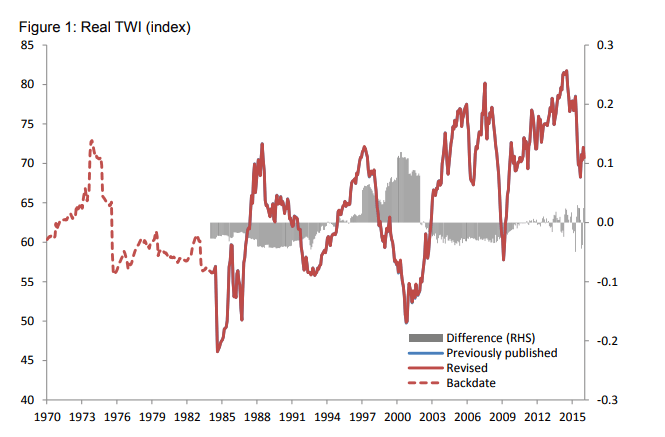Any type of incongruences’ between your accounting values and the details in your income tax return is among the last thing any business owner wants. In the face of the pressures of the tax season, you have piles of compliances to tackle for your business. Such discrepancies in these times can indeed seem perturbing. For corporate entities, the accurate calculation of retained earnings and its disclosure in the final federal tax return is of utmost importance.

However, many of you might find yourself in situations where there are inconsistencies between the year-end value of retained earnings and the sum reportable on your tax return. This issue may require adequate adjustments to your financial statements and accounts. You may have to investigate possible anomalies or errors in your accounts and reports. There can even be the possibility of any fraudulent activity or misappropriation within your business entity.
It is pivotal to bring to light any such problems to retain the accountability and transparency of your business. If you do not make legit amendments to your accounts in such situations, you may invite troubles for your business.
Given the number of transactions that most business ventures, specifically corporate entities, undertake daily, detecting such issues can seem like a colossal task. It may seem akin to finding a needle in a haystack.
However, you should not fret. With the assistance of accounting experts, you can manage to steer your way through such accounting troubles. Our accounting aces at Initor Global are here to help you gain a clearer picture of how you can adjust your entity’s retained earnings. It will help you determine the course of action in possible situations of mismatched accounting and tax return values.
Firstly, let us delve into a brief on the meaning of retained earnings and how one estimates the same.
A brief on Retained Earnings and its calculation
The retained earnings showcase the amount of net earnings a company has at its disposal after reducing relevant appropriations such as dividends. It is the portion of a corporation’s profits that is usually plowed back for further business needs. In the instances where a corporate entity has a profit in any given year, there shall be a rise in the retained earnings. While in case of a loss, there will be a reduction in the retained earnings balance.
Professionals across the world consider retained earnings as a crucial pointer for performance evaluation. GAAP accounting standards also mandate proper calculation of retained earnings with a retained earnings statement.
To estimate the closing value of retained earnings for any given financial year, accountants use the below-stated steps.
- Obtain the opening balance of retained earnings from the financial statements of the previous year
- Adjust the profit or loss for the present financial year as per the income statement
- Reduce the amount of dividend paid out in the current year
- You will derive the closing balance of retained earnings
Thus, the following formula sums up the estimation process:
The closing balance of retained earnings = Opening balance of retained earnings (brought forward from the previous year, if any) +/(-) Net earnings(loss) for the current year- Dividend paid out to shareholders
Now, during the tax return preparation and filing process, you may find a conflict in the year-end value of retained earnings. How can you get out of such a mess?
Our accounting experts have some suggestions which you can consider.
- Look for the possibility of bookkeeping errors
Analyze the accuracy of values transferred from your final year-end statements to your tax return. It would be best to diligently go through the relevant entries while comparing the values with the corresponding accounting records. Coordinate with all the members of the bookkeeping team to recheck the data from ledger postings and the prepared financial statements. You mustn’t miss out on any of the vital records or documents in order to get the discrepancy.
- Evaluate the debits and credits made while preparing the balance sheet
Accounting is prominently about ensuring that you uphold the accounting principles and ensure mathematical accuracy. If you add what needed to be subtracted or vice versa, you are bound to face an error. While making the adjustment for your retained earnings discrepancy, assess that the debit and credit balances are duly entered in the balance sheet. The sum of the assets side of the balance sheet should tally with the equity and liability side.
- Check for probable accounting errors
There are some particular types of errors that are common to the accounting realm. While delving into the differences in the retained earnings balance, you should see the possibility of such errors too. Transposition errors or errors of omission and commission are among the few types of accounting errors. You may transpose the amount for any given item or omit it altogether. For instance, instead of writing $350,790 you write $35,790 or $530,790. The amount of variance as a result of such errors is quite considerable.
- Assess the tax form and balance sheet for any redundant information
Duly compare and appraise the tax forms and balance sheet details to find out any duplicity issues. If entries for any transactions are passed more than once, it can be a problem. This method will allow easy detection of possible mistakes, and you can correct the necessary variation without much trouble.
- Search for the likelihood of any missing details or values
Omitting relevant information during the process of record-keeping is another necessary aspect you should not miss out on at any point in time. There are chances that you missed out on entering any of the required values on the tax return or balance sheet, which has led to the discrepancy.
Some tips to prevent the occurrence of such incongruences in your accounting and tax return preparation process!
The incidence of such discrepancies and troubles can surely prove tumultuous for any company. We all would like to keep such instances away while being already troubled with the tax filing worries. Team Initor Global recommends some handy tips which lower the possibility of such retained earnings adjustments.
- Employ premier accounting and bookkeeping software system and tools. Manual accounting is more prone to such discrepancies. You should possibly use industry-recognized tools for best results
- Hire a skilled and experienced accounting team. Professionals have the required adeptness to perform the relevant accounting operations with utmost accuracy.
- If you do not have the financial resources to engage a expert accounting team in-house, you can consider outsourcing to CPA firms. CPAs who need added better assistance can further choose CPA outsourcing avenues. Globally, many accounting firms and CPAs are opting for tax and accounting outsourcing services. They hire such services from eminent Asian nations like India.
[“source=initor”]






















































